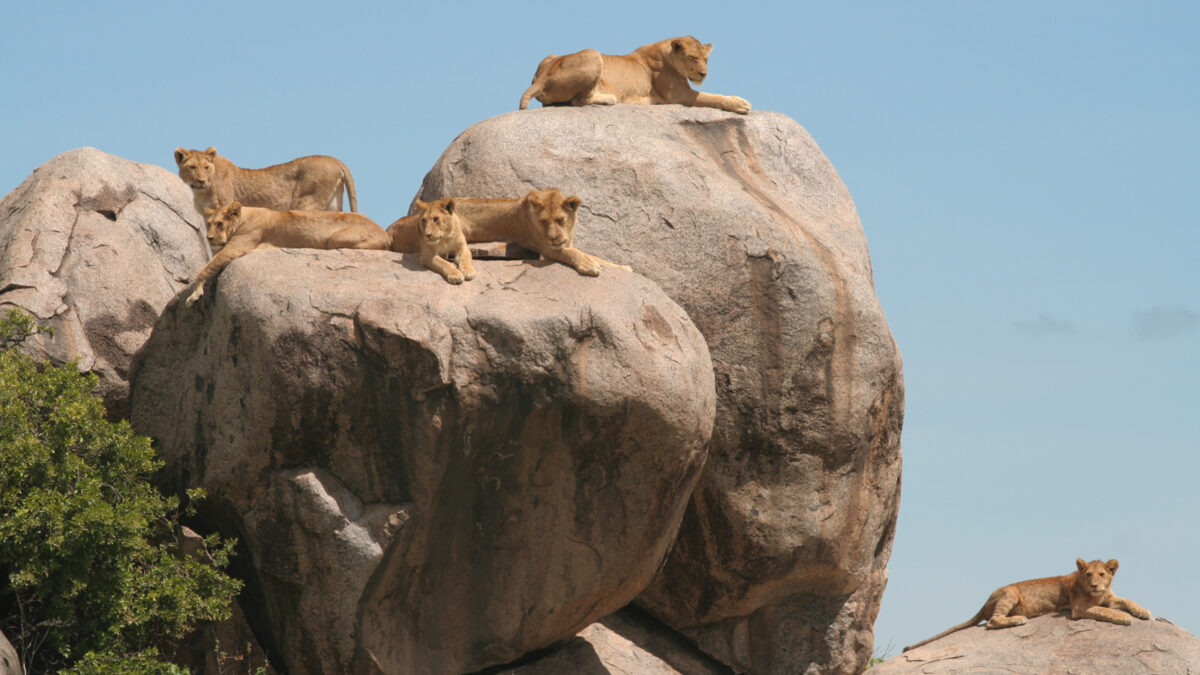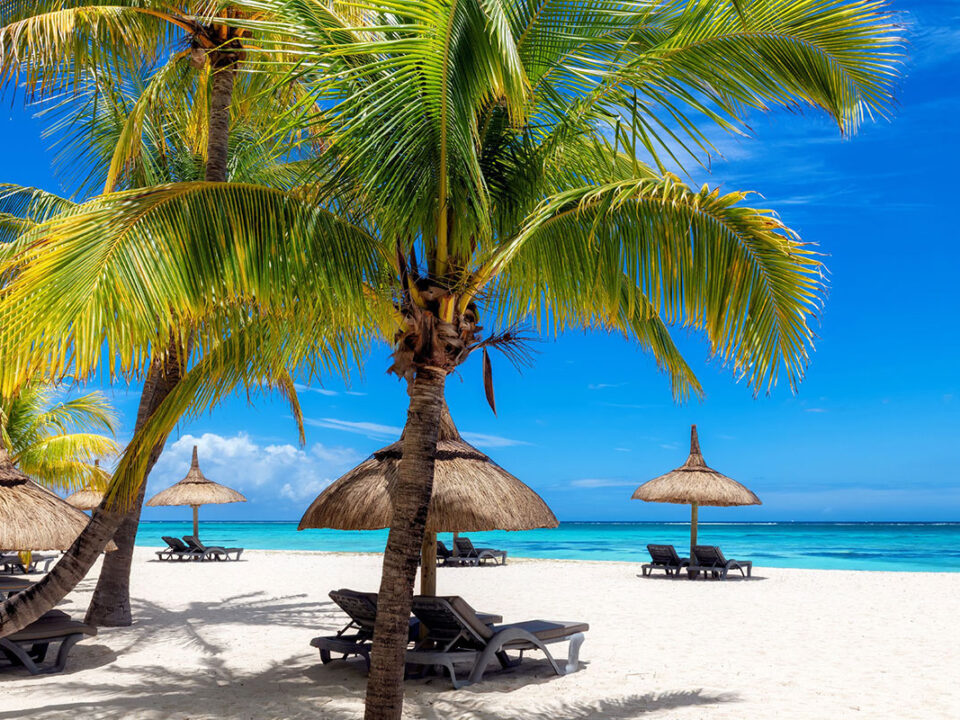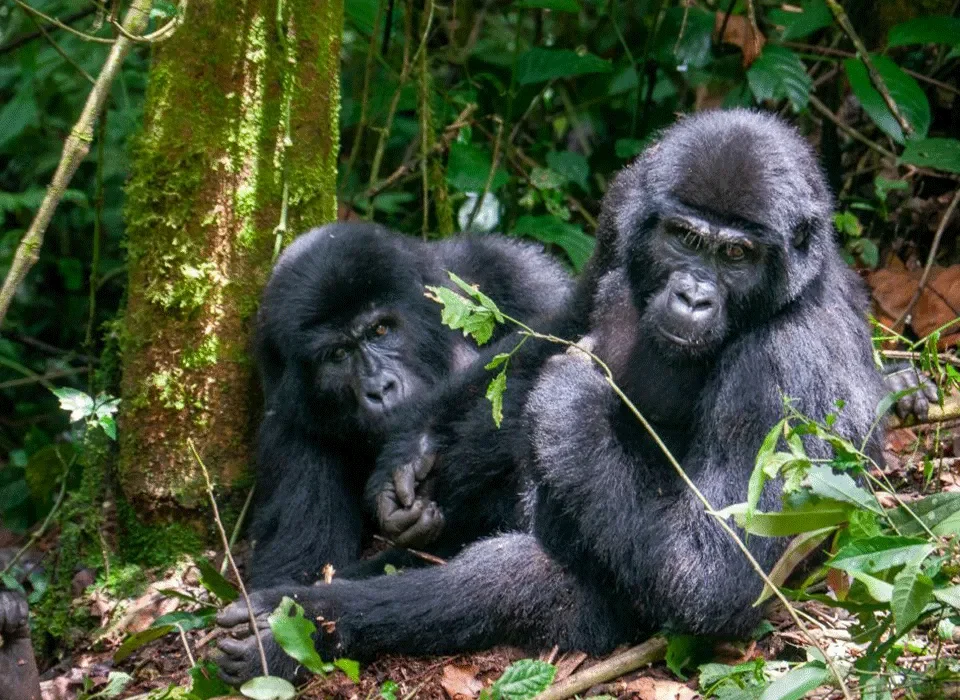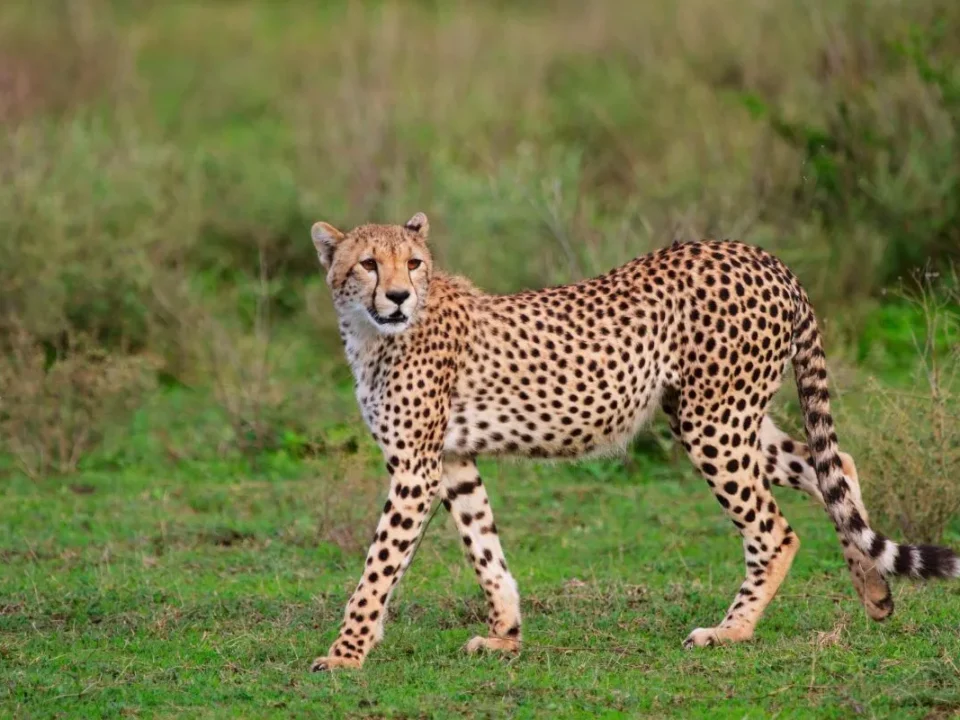Moru Kopjes at Central Serengeti in Tanzania

Buhoma Gorilla Safari to Bwindi Forest
December 5, 2023
Makoma Hill at Serengeti in Tanzania
December 5, 2023Moru Kopjes: Unveiling the Wonders of Central Serengeti, Tanzania
Embark on an extraordinary wildlife safari adventure in Moru Kopjes, central Serengeti, Tanzania, with Trek Africa Expeditions. Our seasoned guides are dedicated to ensuring that your journey through this remarkable region is nothing short of spectacular.
The Geological Marvel of Moru Kopjes
Moru Kopjes, situated in central Serengeti, are captivating rock formations of great scenic and geological significance. The term “Moru” in the Maa language, spoken by the Maasai, translates to “old,” reflecting the ancient granite composition of these formations. Over millennia, atmospheric and biological forces have sculpted these kopjes into large reddish boulders, their distinctive color arising from the oxidation of iron content.
Accessible throughout the year, Moru Kopjes offer excellent opportunities for wildlife sightings, attracting a plethora of herbivores and carnivores, particularly during the dry season. Lions, leopards, and cheetahs favor these kopjes as strategic vantage points for observing prey.
Geographic Location and Biodiversity
Situated southwest of the Central Serengeti, where the Mbalageti River Valley begins, Moru Kopjes boast abundant water, shade, and grazing grounds. This area is home to the remaining population of black rhinos, which, despite past decimation by poaching, can still be spotted with a bit of luck. The Serengeti Rhino Project’s visitor center provides insights into rhino conservation efforts.
Moru Kopjes occupy a transitional zone, surrounded by low-grass pastures to the south and east, transitioning into wooded areas to the north and west. The kopjes, spanning several kilometers, stand out against the vast plains, shaped by erosion over millions of years. Euphorbia candelabrum trees dot the vicinity, adding to the surreal landscape.
Wildlife Spectacle and Migration
During the Great Migration, Moru Kopjes offer a breathtaking view of wildebeests and zebras running or grazing. In May, the wildebeests engage in mating rituals, creating a dynamic display of male wildebeests rounding up females and establishing territories. The synchronized calving in February on the Southern plains of Serengeti and the Ngorongoro Conservation Area is a direct result of this mating season.
Maasai History and Cultural Significance
Moru Kopjes harbor natural caves once utilized by the Maasai as livestock shelters. The cave walls feature paintings left by the Maasai, depicting colored shields, elephants, and people. These artworks, created using natural elements like clay, ash, and wild nightshade juice, offer a glimpse into the cultural history of the Maasai.
Lake Magadi and Surrounding Wonders
To the North-East of Moru Kopjes lies Lake Magadi, with shallow, salty waters resembling Lake Ndutu. This lake attracts greater and lesser flamingos, adding a touch of elegance to the landscape. The adjacent swamp grasses serve as hiding spots for lions, facilitating ambushes as prey comes to drink from the lake.
Serengeti National Park Overview
Established in 1952, the Serengeti National Park in Tanzania spans 5,700 square miles (14,763 sq km) and is renowned for hosting the incredible great migration of wildebeest and zebra. Divided into three sections, the southern/central part (Seronera Valley) features classic savannah landscapes, while the western corridor along the Grumeti River offers denser forests. The least visited north Lobo area connects with Kenya’s Masai Mara Reserve.
Designated as two World Heritage Sites and two Biosphere Reserves, the Serengeti ecosystem remains one of the oldest on earth. The migration, with over a million wildebeest and 200,000 zebras, unfolds in a timeless rhythm, showcasing the unyielding instinct to move across parks, reserves, and protected areas. The ecosystem’s climate, vegetation, and fauna have witnessed minimal changes over a million years.
As you explore the diverse forms of vegetation and landscapes within the Serengeti ecosystem, you’ll encounter a rich tapestry of wildlife, including lions, cheetahs, elephants, giraffes, and a myriad of bird species. Join us on this immersive journey through the heart of the Serengeti, where the patterns of life, death, adaptation, and migration echo through the ages.




